Alternatives to grass lawns - ground covers!
North American backyards have one main point in common – Kentucky blue grass.
But here we’re talking about ground covers and alternatives to this grass, not a bunch of fiddle and banjo players jamming in your backyard.
The traditional green grass we use to cover our front and back yards has many disadvantages and quite honestly, very little benefit. It’s great to have a place for kids to play and families to gather, but it doesn’t have to be only grass. Lawn care can be expensive and time-consuming if you buy standard grass seed, but there are other ground-cover plants that are low-maintenance and cost-effective, not to mention a lot more environmentally friendly and loved by the all-important bees!
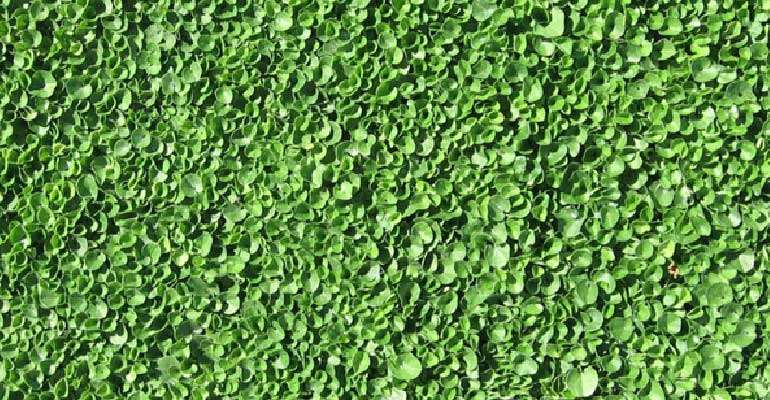
“The perfect lawn” comes with a very heavy environmental cost!
Lawn care requires on average:
- 4 to 5 liters of water per 10sqft, which puts a heavy strain on urban water infrastructure, especially when we consider that one of the results of climate change is a greater frequency and intensity of summer droughts.
- The addition of chemical fertilizers. It pollutes the water table, the rivers, the air and the soil. With regular use, the soil is damaged and kills the microbes, real allies of the gardens.
- A lot of maintenance: Some people love to mow the lawn, but for the most part, this is a task that few would miss, even with gas-powered garden tools. Since most of these have two-stroke engines, that makes them serious polluters.
Gasoline-powered lawn and garden equipment (GLGE) ranging from string trimmers to stump grinders and tractors are a source of high levels of localized emissions that include hazardous air pollutants, criteria pollutants, and carbon dioxide (CO2). The EPA report concluded that “GLGE accounts for a major portion of US nonroad gasoline emissions. Two-stroke engines are an important source of VOCs and criteria pollutants.” So whilst the newer EPA approved emission standards should see a reduction in noxious emissions of 21% between 2011 and 2018, this is no reason to be complacent.
By now, you may have noticed that herbicides and pesticides were not mentioned above for lawn care. This is because they should not be part of the care. Enough is now known of the dangers of these chemicals to your lawn – and to yourself. While it might take some time to get your lawn off drugs, it is worth the effort. Even poison ivy can be controlled and eliminated with non-toxic methods.
The environmental impact of keeping a lawn green has therefore been proven to be significant. So, if you aren’t making a putting green in your backyard, and you want to keep a Green Home that can be enjoyed by everyone, do you really need absolute perfection for your lawn, or should you consider some eco-friendly and environmentally sympathetic backyard lawn alternatives?

Alternatives for grass - ground covers!
Choosing an alternative to grass as a backyard play area for kids is not reserved for ‘hardcore environmentalists’; there are very sensible ground-cover alternatives that actually save a lot of maintenance, cost and water these are commonly referred to as “Ground cover.”
Groundcover plants as an alternative to standard grass lawns
Groundcovers sprawl across the ground, keeping low and eliminating the need to mow, providing the perfect alternative to classic grass lawns. This category includes many low maintenance and creeping plants which spread quickly, smother weeds and fill out pathways without needing to resort to nasty herbicides.
The climate you live in and the layout of your landscape will ultimately determine which groundcovers will perform best in your yard. If you have a bright, sunny area to fill with groundcover plants, there are a lot of options, including:
- Creeping Jenny

- Creeping Herbs, such as thyme and oregano

- Japanese Sweet Flag

- Buffalo Grass

- Clover

as well as:
- Fescue
- Flowering meadows
- Asian star jasmine
- Barberry cotoneaster
There are many ground coverings that are resistant to drought and soaking from storm water, many that can adapt to different types of soil (dry, wet, rocky), and those that require little or no maintenance or fertilizer.
In hot, dry climates, you’ll need to choose fast-growing, drought-tolerant stonecrop succulents or lantana for the backyard, or even the front. They require moderate watering with a sprinkler or watering nozzle when young, but need little water once established, and no water in fall and winter months.
Shady areas are no problem either. Perennial groundcover plant species, such as lily-of-the-valley or sweet woodruff, thrive in shady gardens where they grow into a thick coverage of leaves and flowers. Shade-loving groundcover plants have another advantage, as they only require low levels of moisture, so they can greatly reduce watering and garden irrigation.
An added bonus is that a natural lawn without chemical fertilizers attracts the right kind of insects and especially the bees, which will help take care of the more un-wanted insects. They can also prevent erosion caused by storm water runoff and even improve soil quality by adding nitrogen. Among these many options, we suggest thyme, as one of our personal favorites - less known, but equally interesting.

Thyme as a ground cover lawn alternative:
Like other ground covers, thyme is a very hardy plant
It tolerates light trampling, is drought-resistant and requires very little maintenance; usually a simple mowing at the end of flowering is all that is needed. There are many varieties; Thymus vulgaris is grown as a herb but can be kept low with mowing. Mother-of-thyme (Thymus praecox) is a low creeping species.
Thyme grows well in the sun or in shade, on slopes and through rock gardens. In spring and fall it blooms into small purple or white flowers, it smells great all year round and it's edible. You gotta love Edible Landscaping!
Thyme is also quite tolerant of salt, so it is ideal along the edge of roads, walkways and laneways.

Alternative Groundcover plants
- Corsican Mint
This fragrant flowering garden herb smells great and makes an excellent grass alternative.
The small, rounded green leaves act as a verdant backdrop to its tiny purple flowers. You may have heard that mint spreads like mad – but mentha requienii Corsican mint is considered a relatively well-behaved creeper – just mad enough!
This perennial groundcover option must be planted in low traffic areas though, since while it can handle light steps, it won’t tolerate excessive foot traffic. One bonus of Corsican Mint is that it can be planted in both full sunlight and light shade, so long as the soil is moist and fertile. Now talking of shade:

Evergreen moss makes a great lawn alternative
Despite being the archenemy of most gardeners with a lawn – especially under trees
Moss has the useful advantage of remaining green all year long, it thrives in shade and it grows well in virtually any soil. Providing a soft carpet, moss is a low maintenance option if you’re looking for alternatives to grass lawns that don’t take much upkeep after planting. It requires no mowing, weeding, watering, fertilization or pest prevention – simply sit back, relax and enjoy watching your neighbors hacking away at their lawns whilst yours just grows gently.
Most gardeners don’t realize there are many varieties of moss available for groundcover. Acrocarp varieties like Polytrichum commune, Dicranum scoparium, Campylopus introflexus, and Luecobryum glaucum grow in attractive clumps, while pleurocarp varieties of moss like Thuidium delecatulum, Plagiomnium cuspidatum, Climacium americanum, Bryandersonia illecebra, Entodon seductrix, Hypnum cupressiforme, and Hypnum imponens spread out in a thick, flat carpet. Different species provide an endless shade of green, from golden shades of pale green to beautiful deep emerald hues.

Clover is an easy-to-care-for lawn alternative
Often planted as a green cover crop to fix nitrogen in the soil in backyards
Clover can also act as an ideal eco-friendly landscaping option. Clover grows quickly, suppresses weeds, enriches the earth and aerates the soil with a deep root system. There is a new variant of it; Trifolium repens ‘Pipolina’ which is very short, with smaller leaves and it rarely flowers. This removes the worry of bee stings if children are running barefoot.
Newly planted clover requires watering twice per day but needs little to no watering once it’s established. It’s a groundcover that stays green year-round without fertilization or mowing – the perfect plant-it and forget-it option for your back garden green space especially if you’d rather look at and enjoy it than slog around it with the mower every weekend.
Dutch white clover is the most common variety for lawn plantings. If you love the wildflower lawn look, check out red clover and yellow blossom varieties (which grow up to 36 inches) – they’re perfect for that “wild pasture” appearance if you’ve hankered after that certain “Waltons” wilderness lawn, or should we just say “Meadow!”

Ok, so lawns are bad, what can we do instead?
A native perennial bed is a perfect eco-friendly grass lawn alternative.
Native plants have evolved with your local ecosystem for optimal survival. They provide food and habitat for local birds, butterflies and bees, ensuring the diversity of species that we all rely on. Native plants have the advantage of thriving in your local soil and climate, requiring little fertilization or care beyond the occasional tidy up.
Ask your local garden center, join a gardening co-op or club, or find a native plant society in your area for recommendations on which native flowers and shrubs will perform well in your garden. For ease of maintenance, you should go with plants that don’t need to be pruned and don’t require staking as they grow. While the upside of perennials is that they reappear year after year, the downside is they do need to be divided periodically to maintain the best health and appearance. Just consider it free plant babies you can spread throughout your garden or give to friends to plant in their own backyards.
Xeriscaping your lawn or garden is the method of landscaping that reduces the need for supplemental water from irrigation. This often involves native plants which are hardy to the area, or drought-resistant flora from regions of low precipitation.

Sustainable landscaping & rainwater harvesting:
Rainwater harvesting is a great way to keep your lawn green
Or even better - grow vegetables without using municipal water. This is easily done by installing rain barrels under downspouts to collect rainwater for lawn and garden watering where allowed. Avoid using a garden hose whenever possible. In only one hour, it will deliver about 1,000 liters of drinking water; more water than most people would drink in a year.
Choose an ecological grass, if you still want to put in a lawn. But in this case, it is good to know that during a drought, the grass turns yellow, but does not die. There is no need to water it; it will reverberate with the rains. And do set the cut level of your mower high; a three to four inch blade of grass will be healthier than one barely out of the ground and your backyard will benefit from being lush.

Maintaining an eco-friendly lawn
If choosing ground cover like thyme or a traditional grass lawn, avoid chemicals.
Whether you choose a ground cover like thyme or a more traditional grass for your yard, try to avoid introducing any chemical treatments or synthetic fertilisers. A good way to enrich the soil without fertiliser is to stop raking the dead leaves in the fall to allow them to decompose or to add them to your homemade compost pile that can then be used as fertiliser.
All too often, our drive to have the greenest lawn on the street leads to creating an environment that is at best, inhospitable and, at worst, uninhabitable to important local life such as birds, insects, and earthworms. Ladybugs eat an average of one hundred aphids a day, making for an effective, inexpensive, and environmentally-friendly insecticide, simply by providing a non-toxic landscape in which they can survive. Earthworms promote good aeration of the soil, allowing plants and ground covers to flourish, and bees? Well, bees just bumble around, gathering, pollinating, and generally having a beelightful day!
Toads feed on slugs, earwigs and other insects, but they will effectively be evicted by the use of pesticides. It is therefore good to think carefully about any garden’s layout in order to preserve our native animal species and keep diversity alive. If you're serious about having an Eco-friendly garden, also consider installing a natural swimming pool or plunge pool!
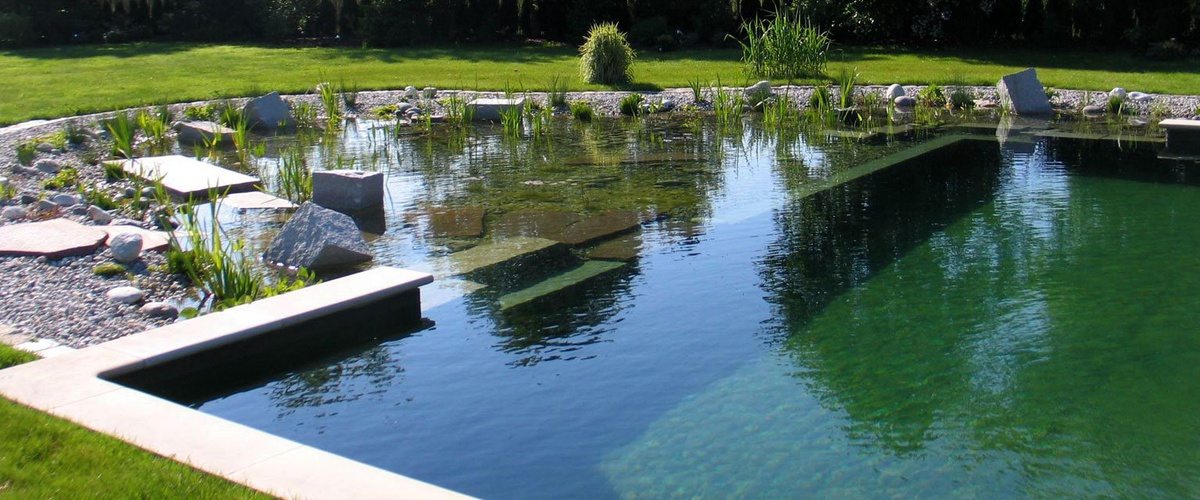
Now that you know more about bee friendly alternatives to lawns and grass, find more pages about healthy green building in the Ecohome Green Building Guide and these pages here:
Sign up now for a free Ecohome Membership and reap all the benefits! |
















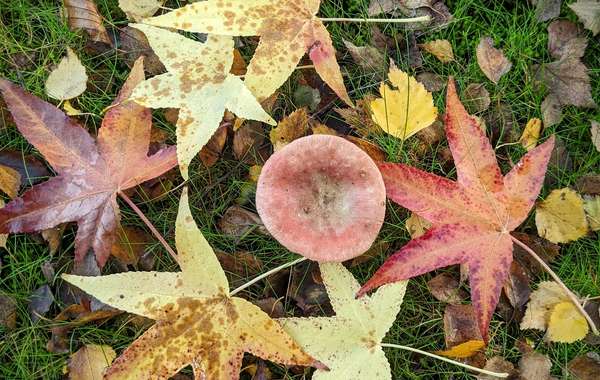
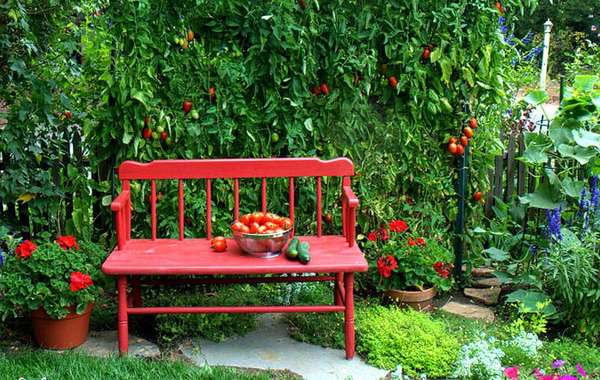

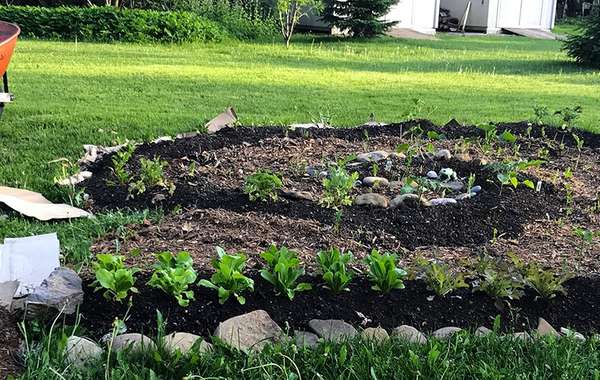
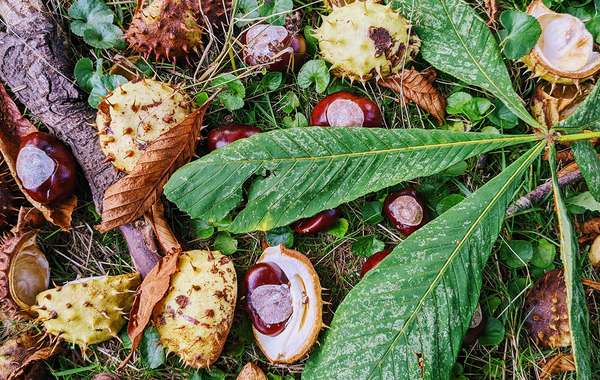
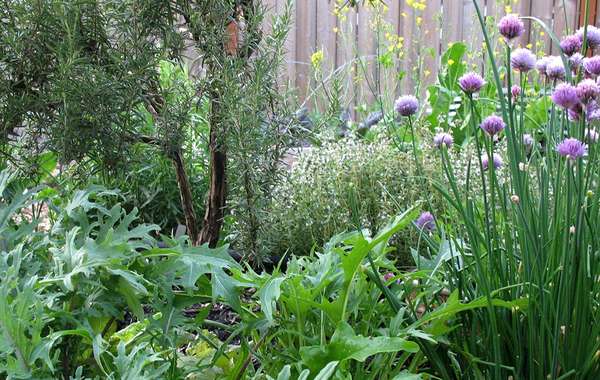
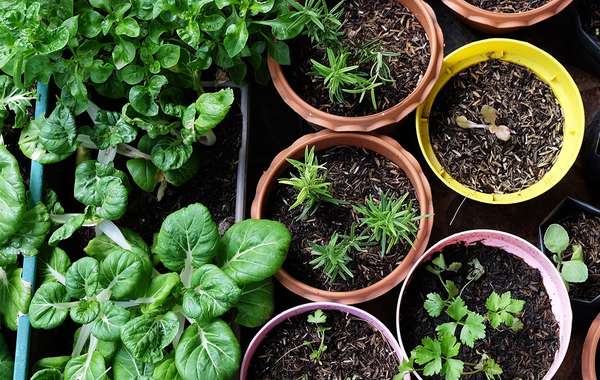
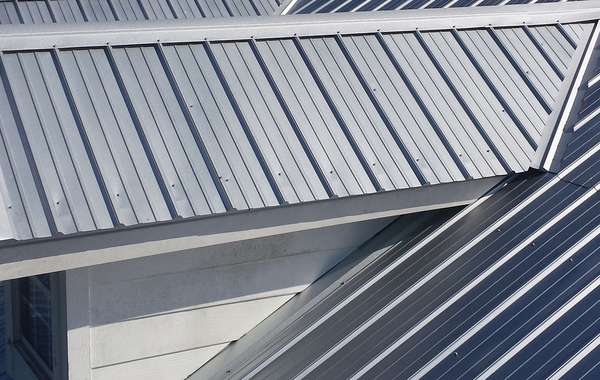
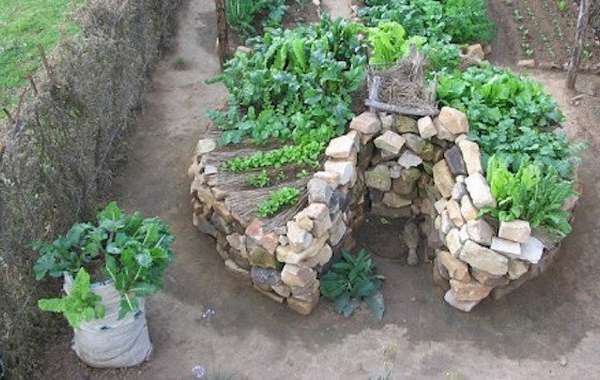

Comments (0)
Sign Up to Comment